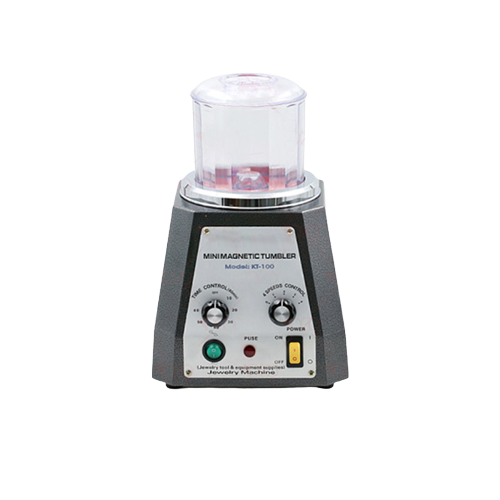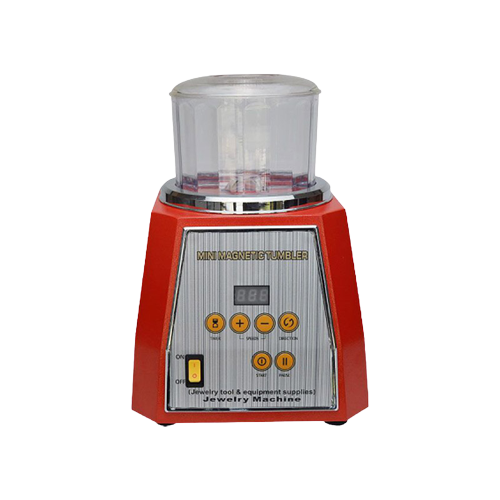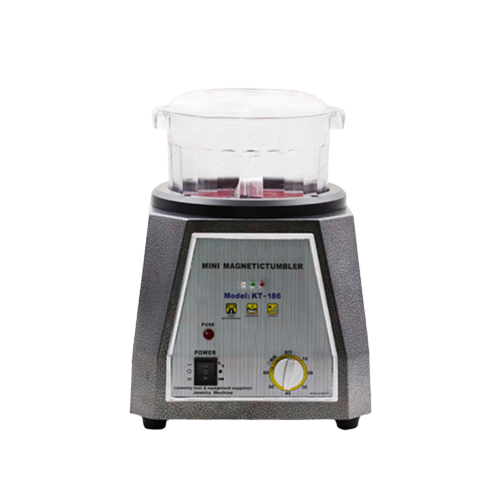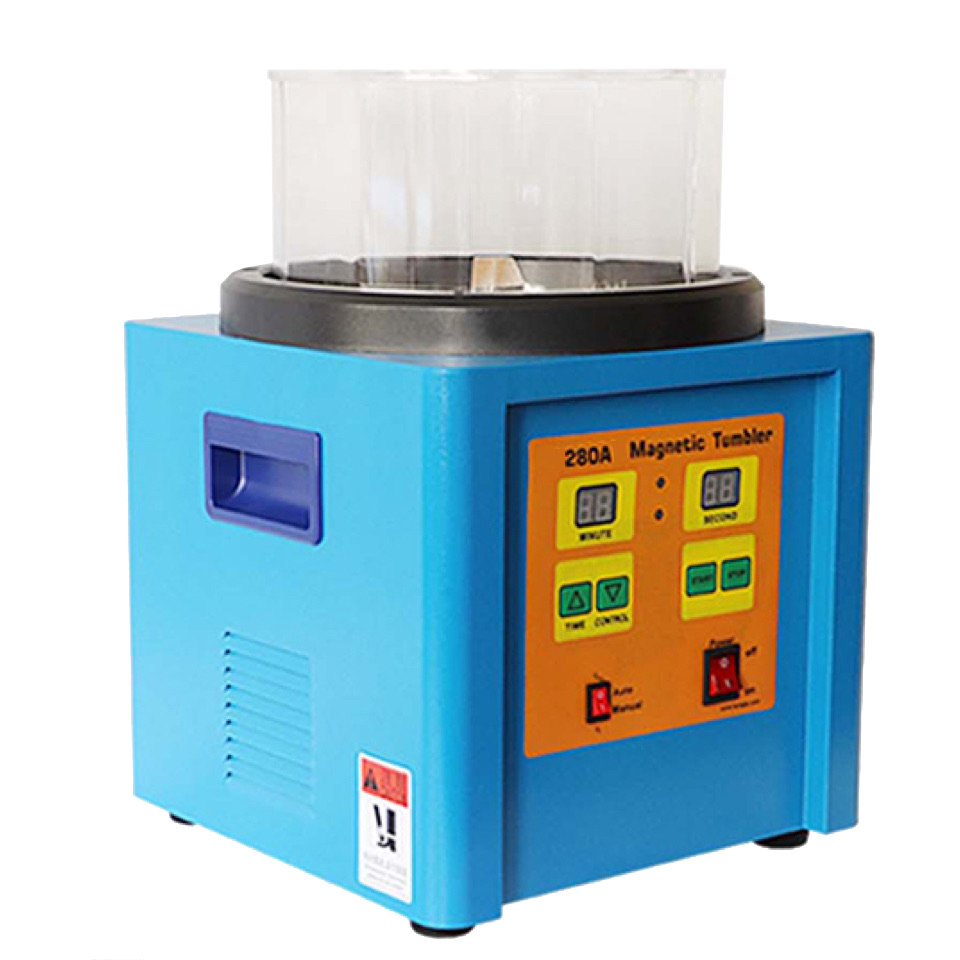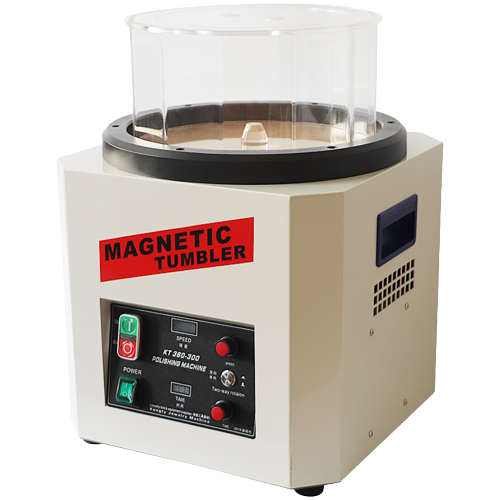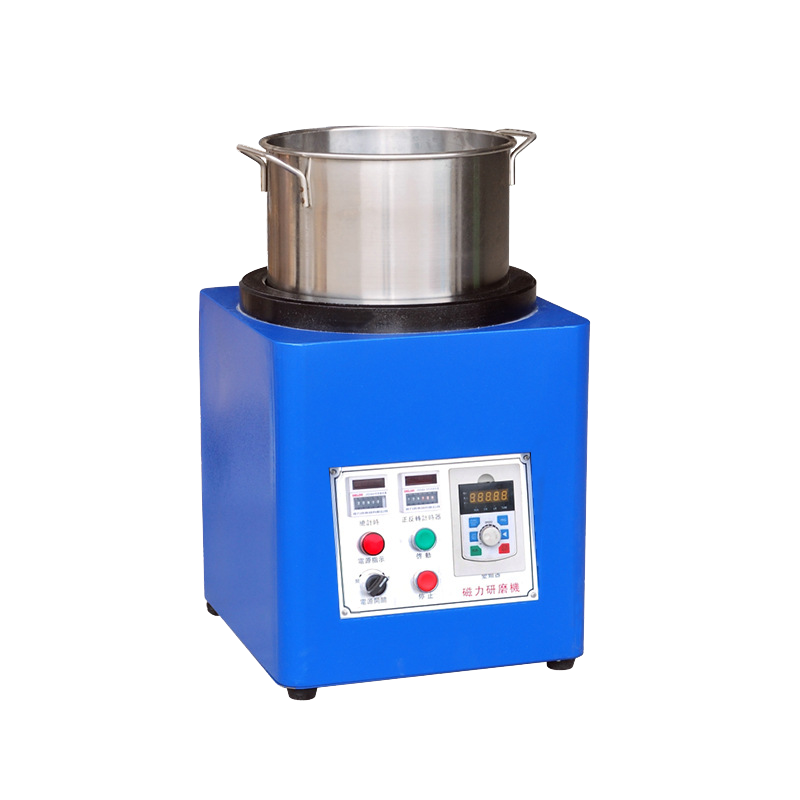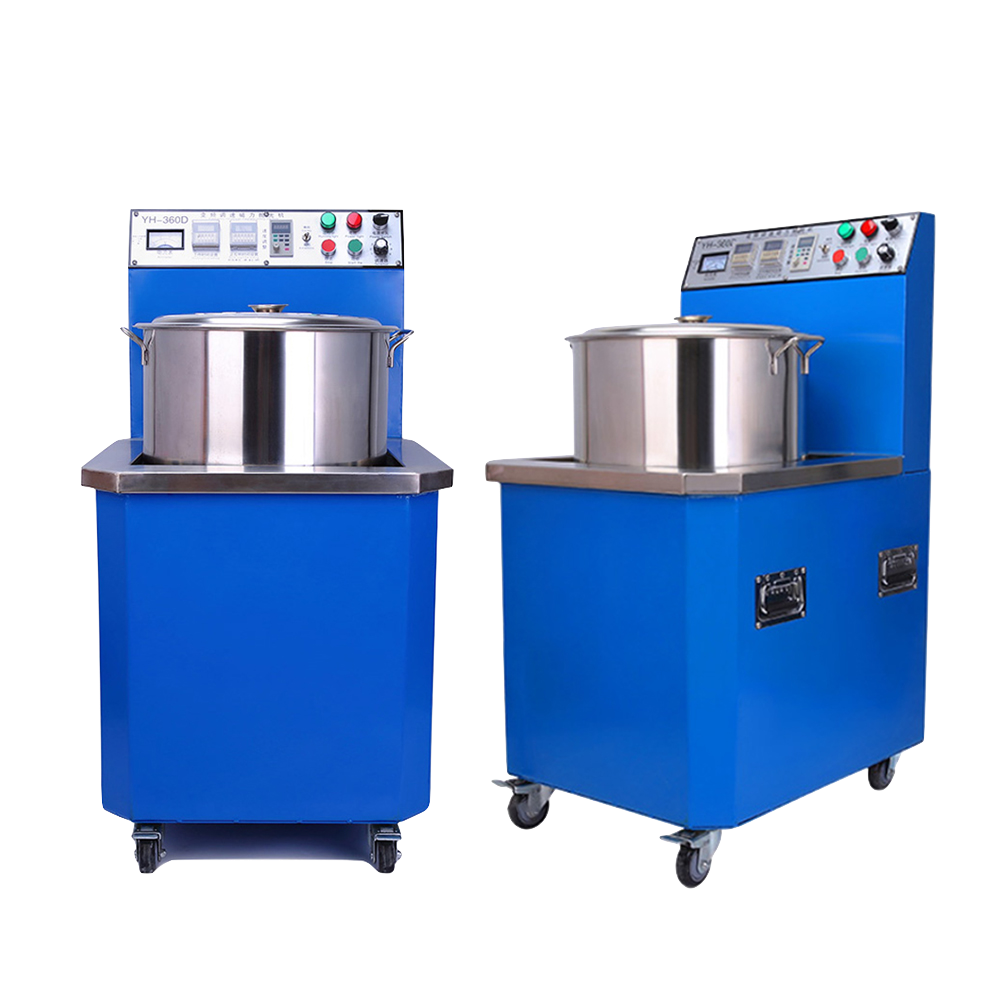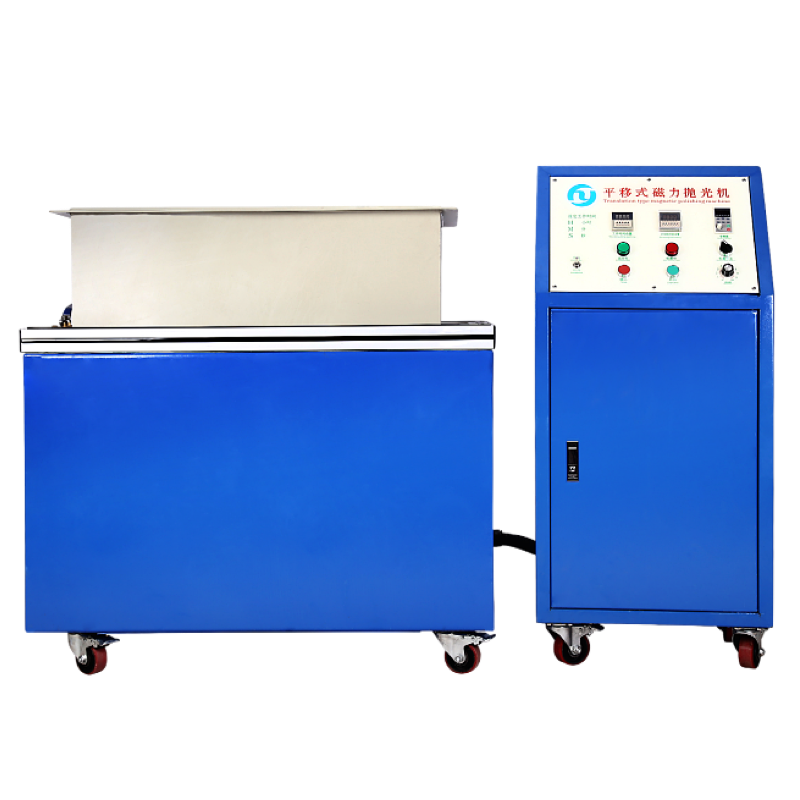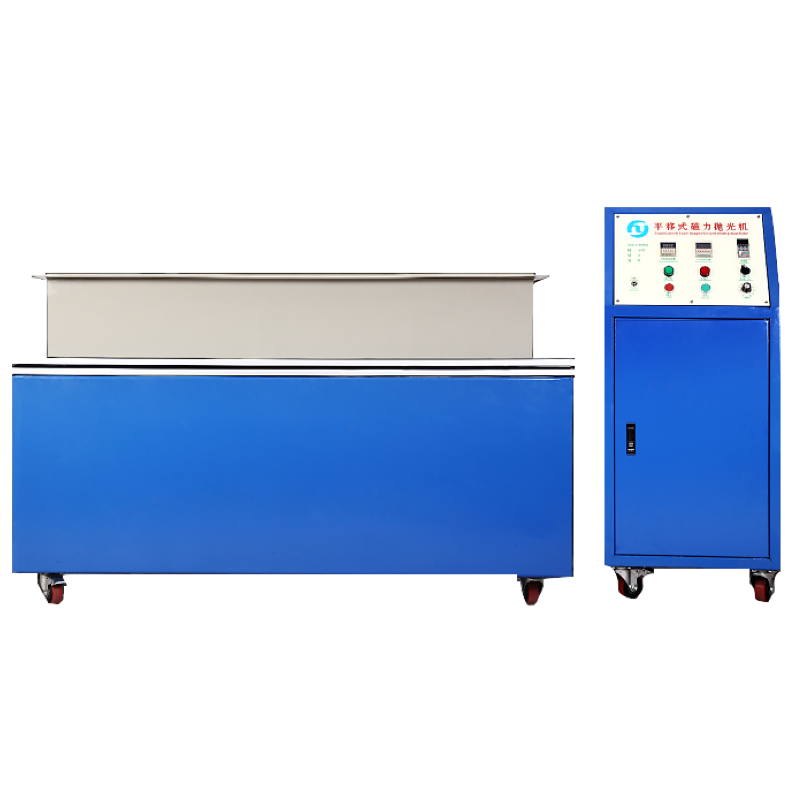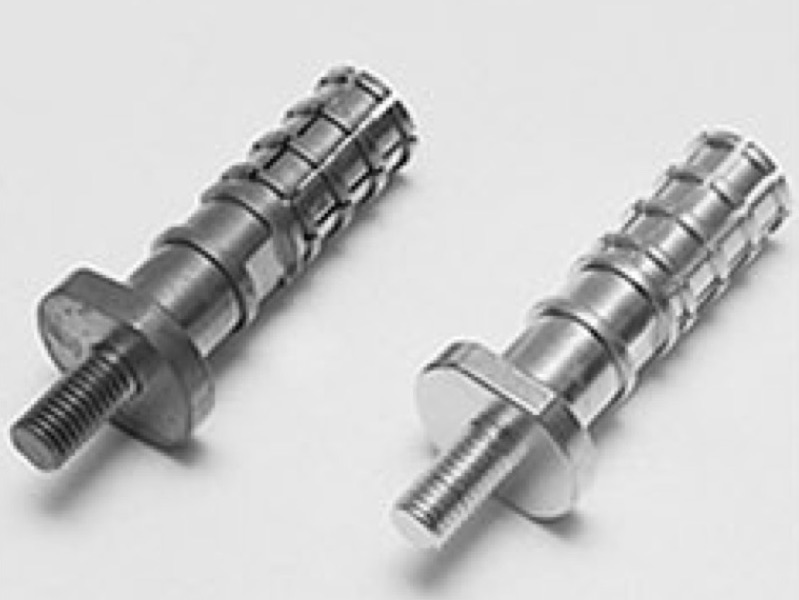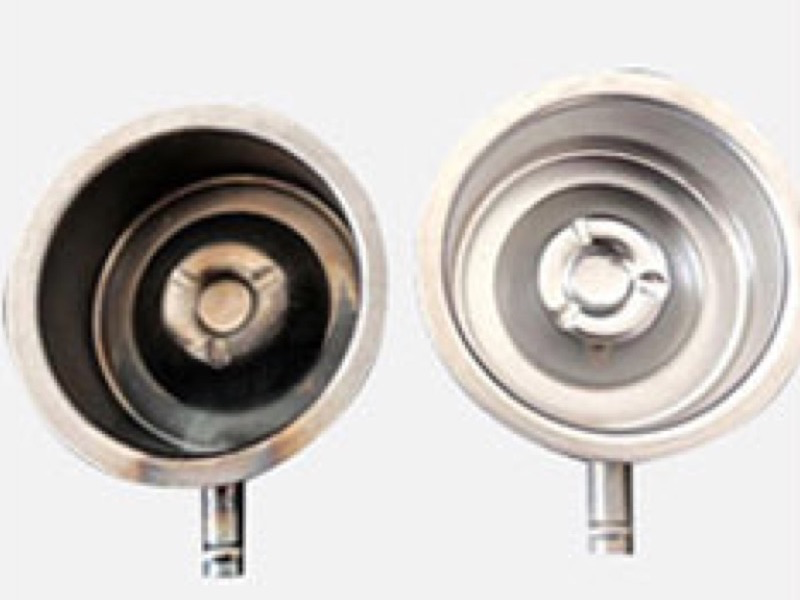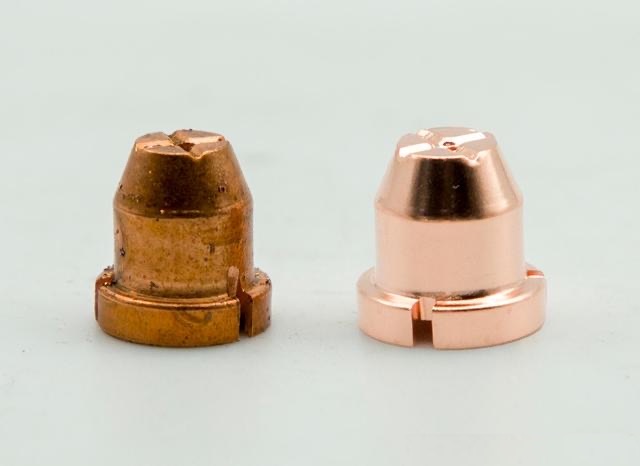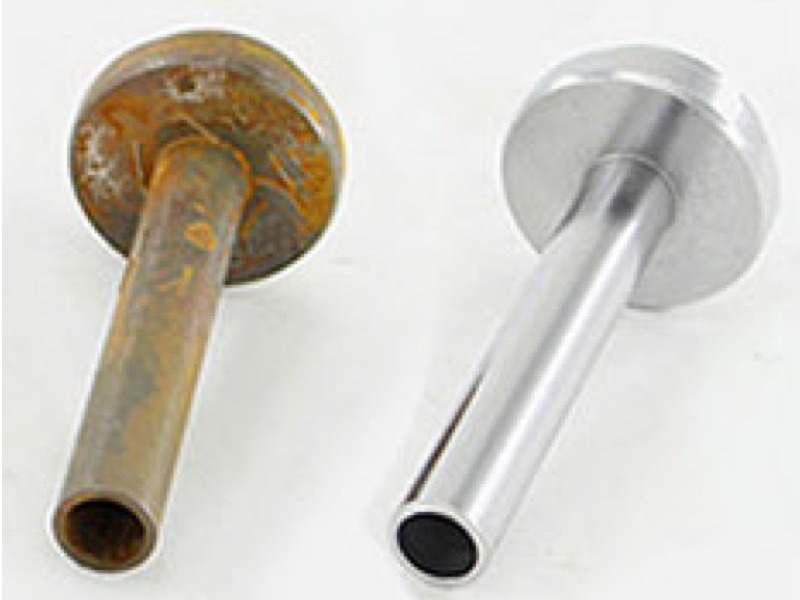3.1 Faster and more efficient:
Magnetic finishing machines can polish metal surfaces much faster than traditional methods, such as tumbling polishing and hand polishing.
3.2 Smoother finish:
Magnetic finishing machines produce a smoother finish than traditional methods, which can be especially beneficial for precision machined parts and electronic components.
3.3 Cost-effective:
Magnetic finishing machines are often more cost-effective than traditional methods because magnetic media is easier to storage and have less wastage, better than other media which can be expensive and time-consuming to replace.
3.4 Environmentally friendly:
Magnetic finishing machines do not produce any harmful dust or debris, making them a more environmentally friendly option than traditional methods.
3.5 Versatile:
Magnetic finishing machines can be used to polish a wide range of metal surfaces, including aluminum, brass, copper, and steel, and can be adjusted to achieve a variety of finishes, from fine to coarse.
3.6 Safe:
Magnetic finishing machines are safer to use than traditional methods, which can generate hazardous dust and debris.
3.7 Increased precision:
Magnetic finishing machines can make a fine polishing performance at surface finishing. Also, it can polish the dead corners that are smaller than other tumbling media.



